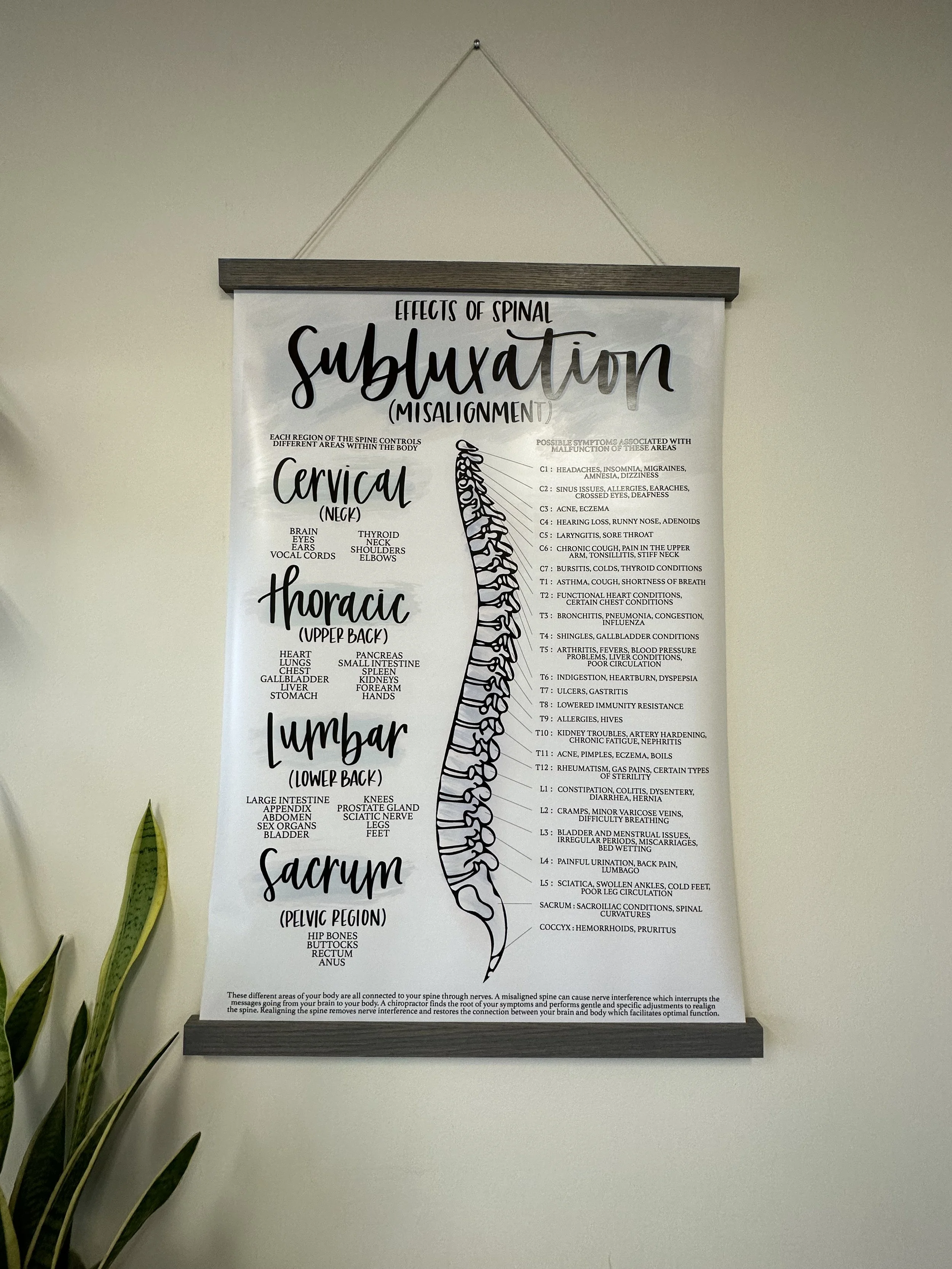The human spine is not just a structural support for our bodies; it is also a conduit of nerve signals, connecting our brains to the rest of the body. The Meric Chart, a vital tool used in chiropractic medicine, provides a detailed representation of these complex neural pathways and their effects on our health.
What is the Meric Chart?
The Meric Chart was developed in the early 20th century by BJ Palmer, one of the pioneers of chiropractic care. It serves as a roadmap of the spine, mapping out the intricate neural connections between the vertebral segments and the specific bodily organs, tissues, or functions they are linked to.
Understanding the Spicules of the Spine
The spine consists of 24 independent vertebrae, starting at the neck with the cervical vertebrae, followed by the thoracic, and then the lumbar vertebrae, ending with the sacrum and the coccyx at the base. According to the Meric Chart, each of these sections corresponds to different areas of the body, reflecting the delicate balance of the nervous system.
1. Cervical Vertebrae (C1-C7):
These seven vertebrae in the neck region have a significant impact on our head and face. Misalignments in these vertebrae can lead to issues with blood supply to the head, pituitary gland, scalp, bones of the face, brain, inner and middle ear, sympathetic nervous system, and even eyesight.
2. Thoracic Vertebrae (T1-T12):
The twelve thoracic vertebrae in the upper and middle back region affect major organs within the chest and abdomen. Misalignments here can cause issues with the arms, heart, lungs, esophagus, diaphragm, liver, gallbladder, stomach, pancreas, spleen, adrenal and kidney function, small intestine, and blood circulation.
3. Lumbar Vertebrae (L1-L5):
These five vertebrae in the lower back region can impact the lower parts of the body. Misalignments can lead to problems with the large intestines, groin, bladder, reproductive organs, lower legs, and feet.
4. Sacrum and Coccyx:
The sacrum and coccyx at the base of the spine connect with the hip bones to form the pelvis. They are associated with the rectum, anus, and the back of the thighs.
The Power of the Meric Chart
While some medical professionals question the specificity of the Meric Chart, it still remains a crucial tool for chiropractors worldwide. It offers a holistic view of how the spine connects to various systems of the body, guiding chiropractors in diagnosing and treating conditions that might seem unrelated to the spine at first glance.
By understanding this spinal map, we can better grasp the profound interconnectedness of our bodies. This knowledge can also lead us towards a more proactive approach to our health, as we become more aware of how disturbances in our spine may affect overall wellbeing.
Remember, while the Meric Chart is a powerful tool, it's not a definitive guide to diagnosing health issues. If you experience symptoms or health issues, always consult with a healthcare professional who can provide a comprehensive diagnosis and treatment plan.

